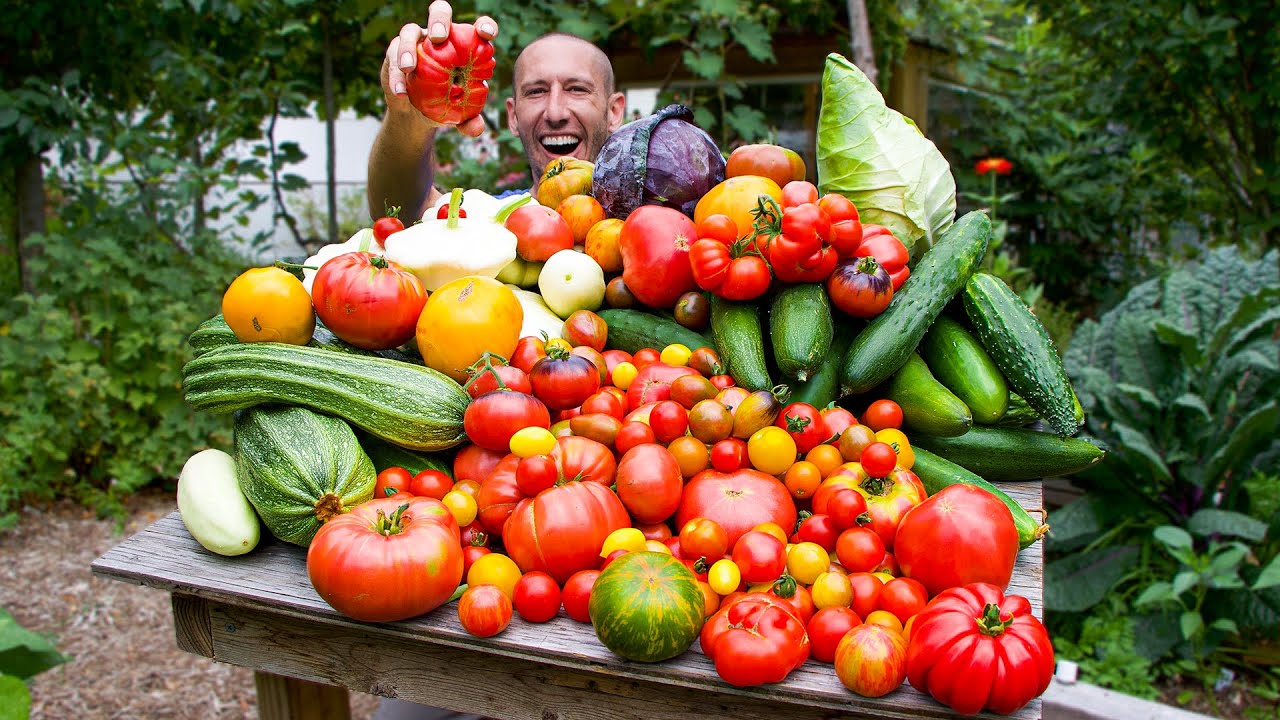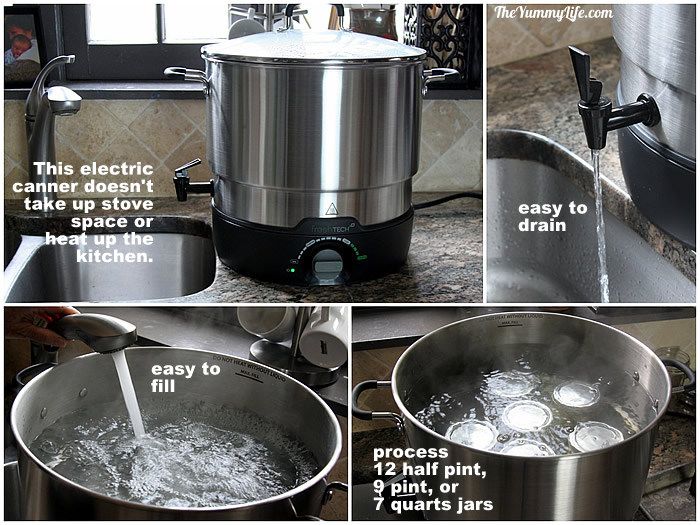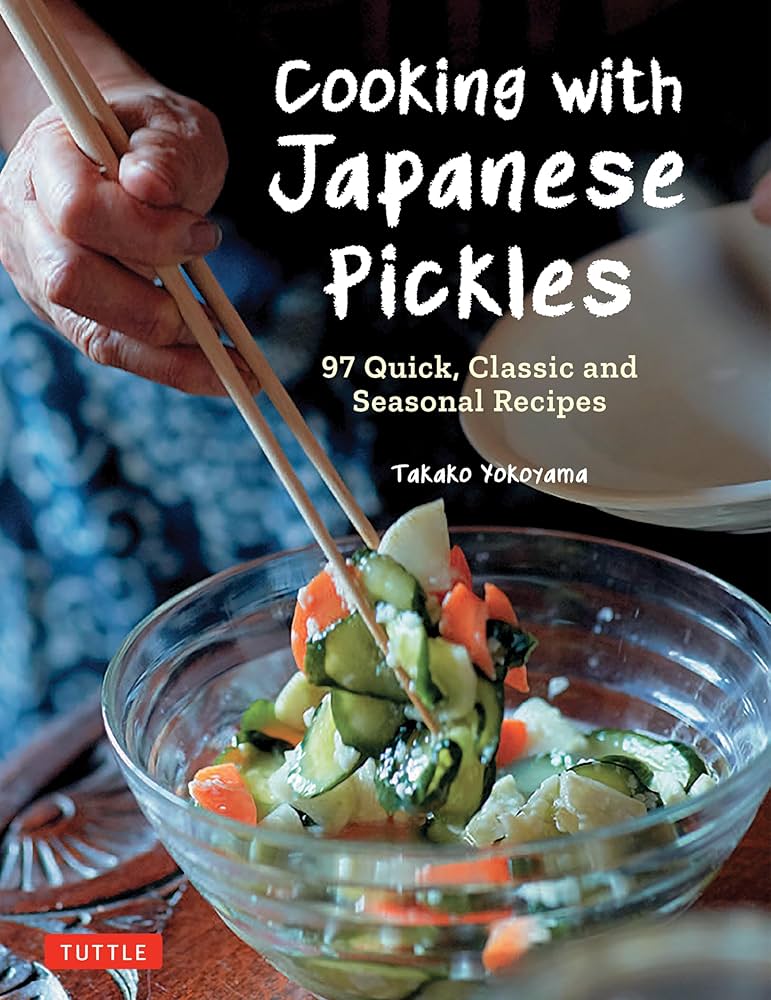
The Art of Preservation: Savoring Summer’s Bounty Year-Round
Preserving the flavors of summer brings not just a delicious taste but also a comforting nostalgia. The act of canning and preserving allows us to relive those sweet, sun-soaked moments when our gardens overflowed with vibrant tomatoes, juicy peaches, and plump berries. As the seasons change, ensuring we retain that abundance for future enjoyment transforms every jar into a vessel filled with memories and flavors.
 Harvesting the season’s best produce for preserving.
Harvesting the season’s best produce for preserving.
A Childhood Remembered
Growing up, my fondest memories often stemmed from the scent of ripe peaches wafting through the air, as my mother busily canned her summer harvest. Those jars, lined neatly on basement shelves, were not just food; they represented warmth, care, and confidence in the art of making things last. Mom’s diligent efforts resulted in gleaming jars of preserved peaches, dill pickles, and tomato sauce, fueling my passion for home preservation.
Recent years have seen a resurgence in the art of canning, with many rediscovering the benefits of preserving their own food at home. Laura Griffin, a county extension specialist for Colorado State University, notes that since the gardening boom of 2020, more individuals have taken an interest in canning and preserving.
The Science of Canning
Preservation is about transforming fresh, seasonal produce into something useful throughout the year. The correct procedures ensure that our hard work doesn’t spoil too quickly. The methods you choose will depend on the types of food you have on hand, the resources available, and the flavor combinations you’re drawn to.
According to Griffin, it’s paramount to follow tested recipes meticulously. She emphasizes the importance of reaching out for guidance from food preservation experts when unsure. These best practices ensure a safe, delectable result that can be enjoyed long after the first frost has settled.
 The art and science of canning ensure safety and flavor.
The art and science of canning ensure safety and flavor.
Preserving Methods Demystified
Whether you opt for canning, freezing, or fermenting, each technique serves a unique purpose in the great preservation lexicon.
- Canning: Home canning is a traditional method where high-acid foods—think tomatoes, peaches, and pickles—are preserved using water bath canning or pressure canning. The process removes air from jars, creating a vacuum that keeps bacteria at bay.
- Freezing: Before freezing vegetables, blanching is key. This technique helps lock in color, flavor, and nutritional value, ensuring that peas, beans, and corn retain their beautiful essence.
- Fermenting: Curing fruits or vegetables in a salty brine promotes the growth of beneficial bacteria. Fermentation adds delicious flavors while allowing a broader range of foods to be preserved nicely.
- Drying: This method involves removing moisture from produce, thus preventing spoilage. Ideal candidates for drying include herbs, apples, and tomatoes.
- Pickling: An age-old method that transcends cultures, pickling uses a vinegar-based solution to imbue vegetables with a tangy flair that heightens taste and stability.
Revival of Community Traditions
The joy of preserving food resonates deeply within communities. Events such as the Pickle-Off in Minneapolis serve not only to celebrate the craft of pickling but also to promote food sovereignty. Created by members of the Urban Indigenous community, this gathering encourages attendees to cherish local food networks while showcasing their best recipes.
In its third year, the Pickle-Off invites everyone—from novices to seasoned pickling veterans—to share their creations. Contestants are not just aimed at winning a trophy; they seek to engage with tradition and connect with their cultural roots.
Celebrating pickling traditions at the Pickle-Off.
Recipes to Cherish
In keeping with the tradition of preservation, here are a few recipes that echo those childhood memories while inviting you to create new ones:
Savory Corn Pudding
A delightful dish for any occasion, this recipe celebrates sweet corn, perfect for making in bulk and freezing.
- Ingredients: 3 tbsp flour, 2 tbsp sugar, 2 tsp baking powder, 2 tsp kosher salt, 6 large eggs, 2 cups heavy cream, ½ cup salted butter, 2 tbsp oil, 6 cups fresh corn kernels, and more!
- Instructions: Blend all ingredients, pour into a greased pan, and bake until golden brown.
Hays House Peach Pie
This decadent pie invokes memories of family gatherings and fresh fruit markets!
- Ingredients: For crust and filling as mentioned in our detailed guide.
Kosher Dill Pickles
Perfect for summer picnics, these pickled cucumbers exhibit the ideal crunch and flavor.
- Ingredients: 2.5 pounds of pickling cucumbers, 2 cups water, 2 cups white vinegar, garlic, dill sprigs, and pickling salt as detailed.
Combining Flavor and Tradition
The art of preserving is not just about sustenance; it’s about memory, culture, and community. The recipes we pass down reflect our histories alongside modern innovations. Austin Garcia, an advocate for local Indigenous food networks, emphasized in the recent Pickle-Off, “It’s really a full, holistic approach to food sovereignty.” By reconnecting with our gardens and rediscovering the benefits of preservation, we ensure that our traditions—and our food—thrive.
 Traditional methods of preserving food bring communities together.
Traditional methods of preserving food bring communities together.
Resources for Aspiring Preservers
Enthusiasts looking to expand their preserving prowess can access a treasure trove of resources:
- Colorado State University Food Science and Human Nutrition Extension Agents
- National Center for Home Food Preservation
- Preserve Smart for tested preservation methods.
Ultimately, whether you are a seasoned pro or a beginner, the vibrant world of preservation awaits. As summer transitions to fall, it’s the perfect time to gather, create, and preserve—ensuring that the flavors of summer linger long into the cold months ahead.
Get ready to enjoy the fruits of your labor throughout the year!















